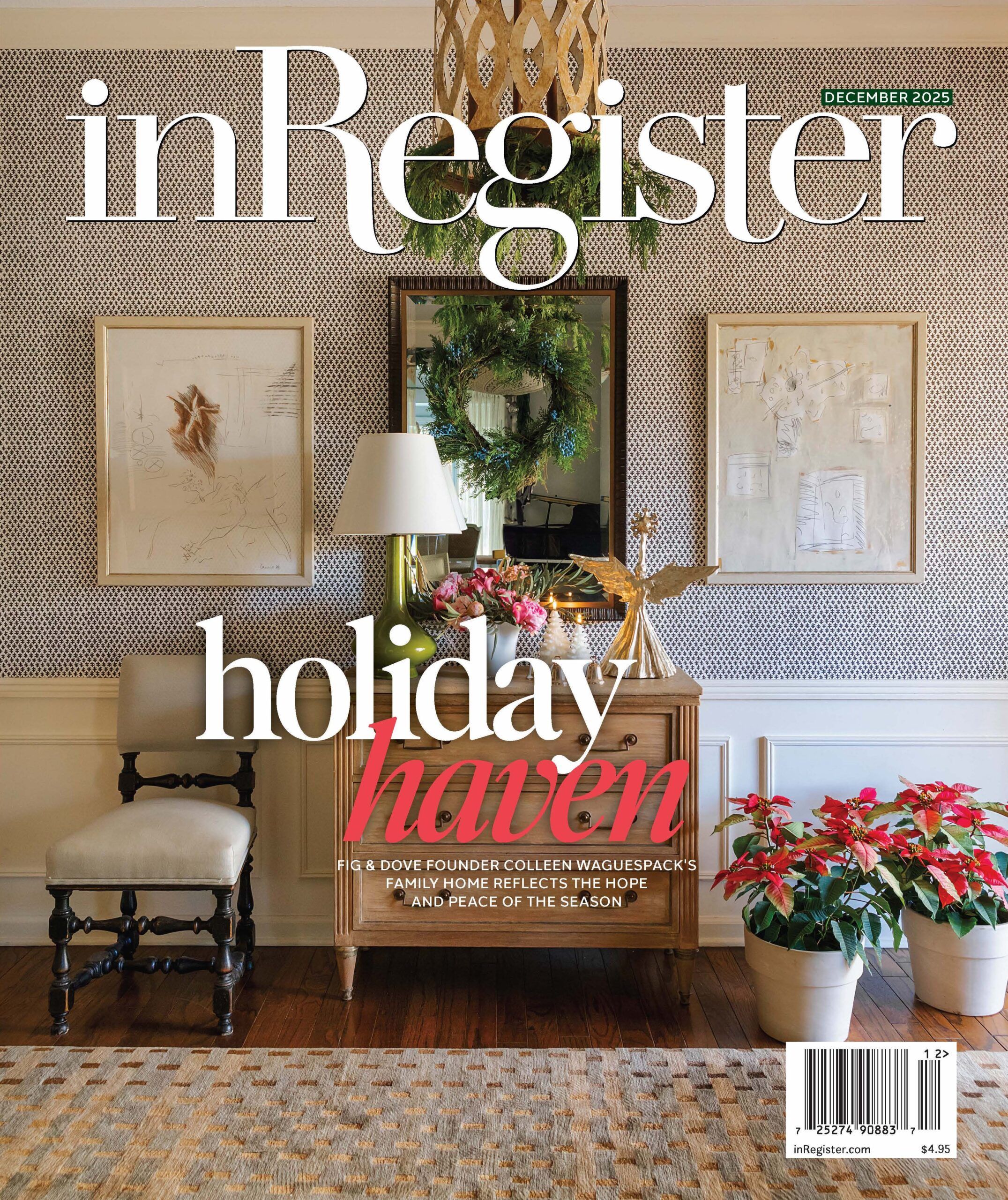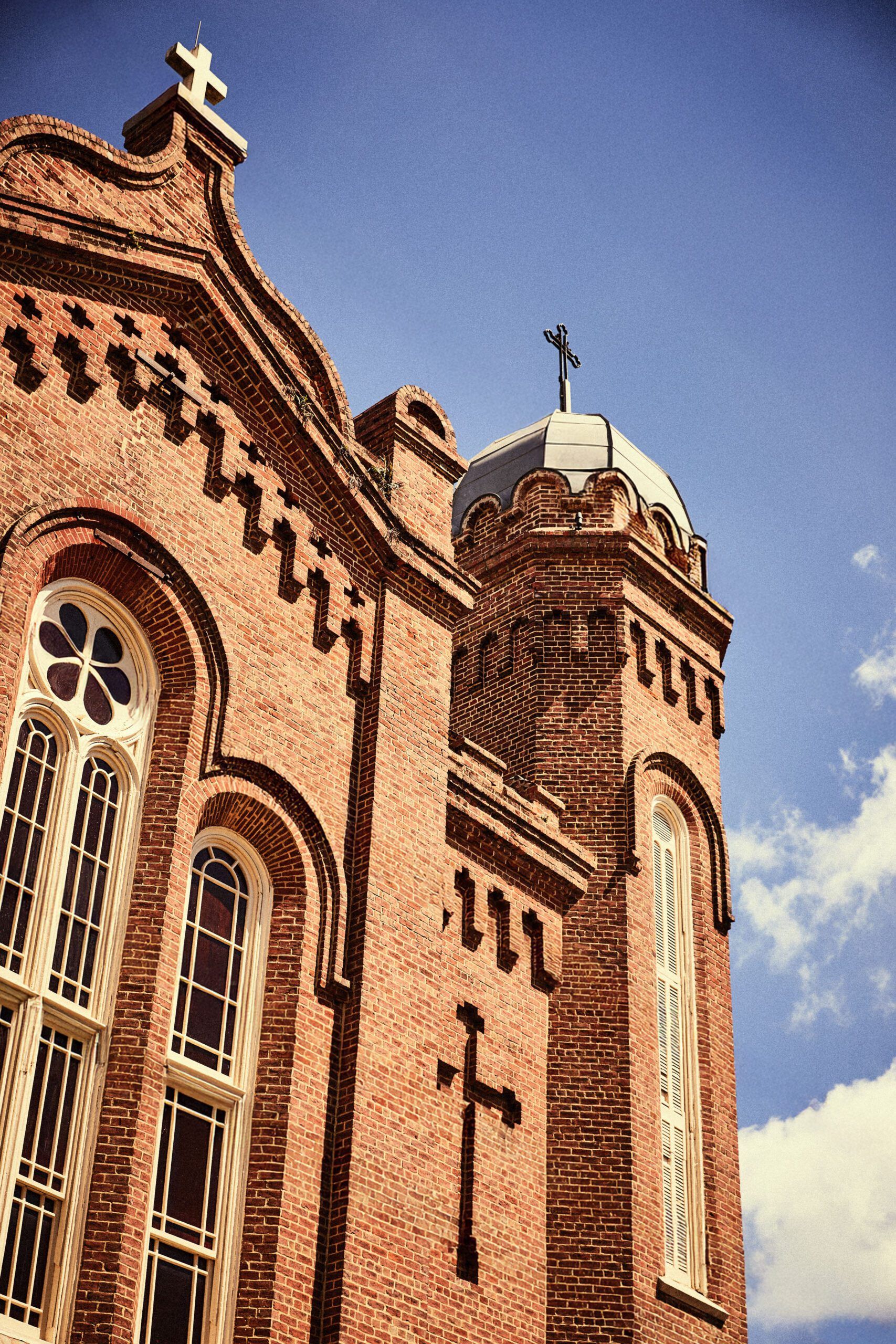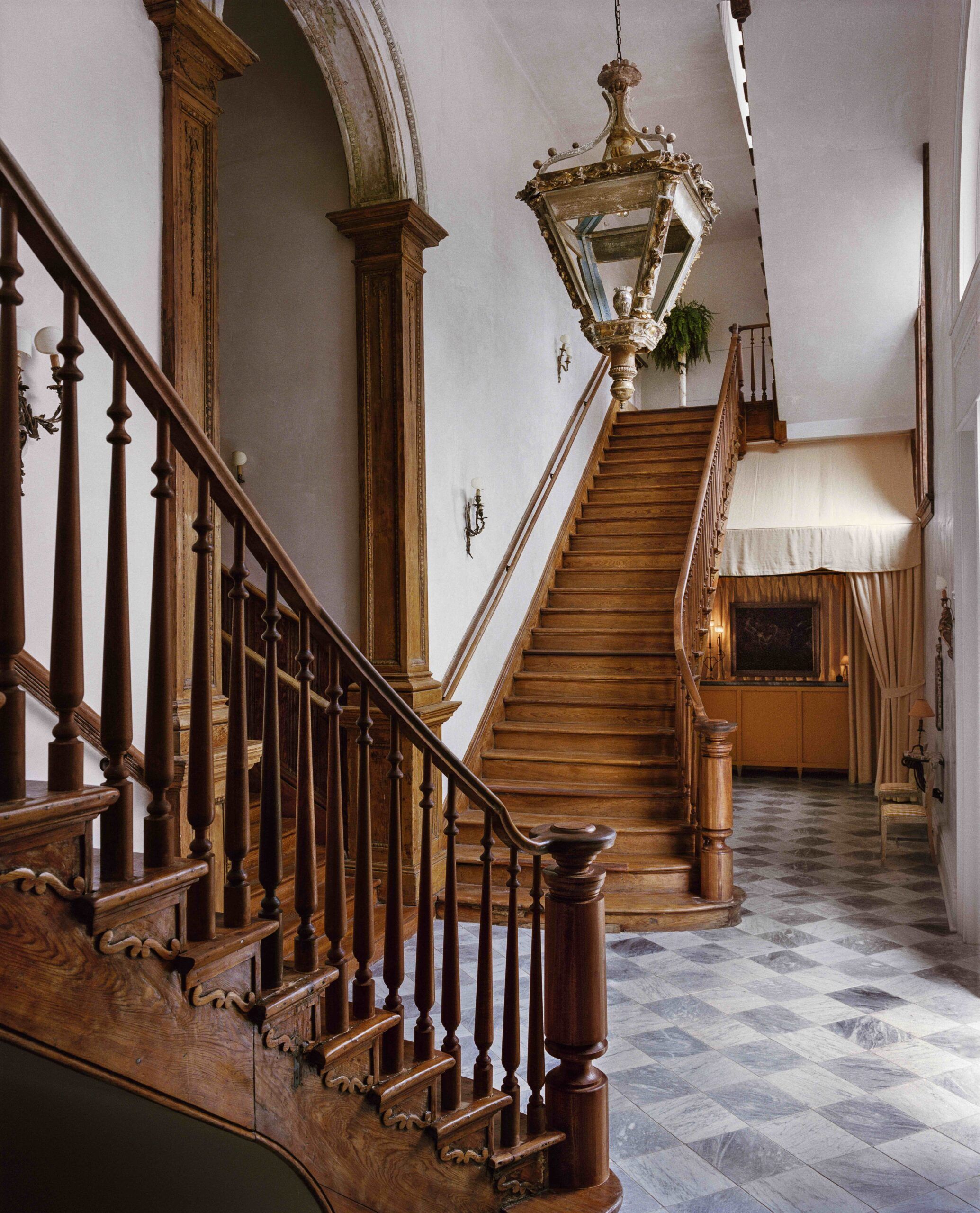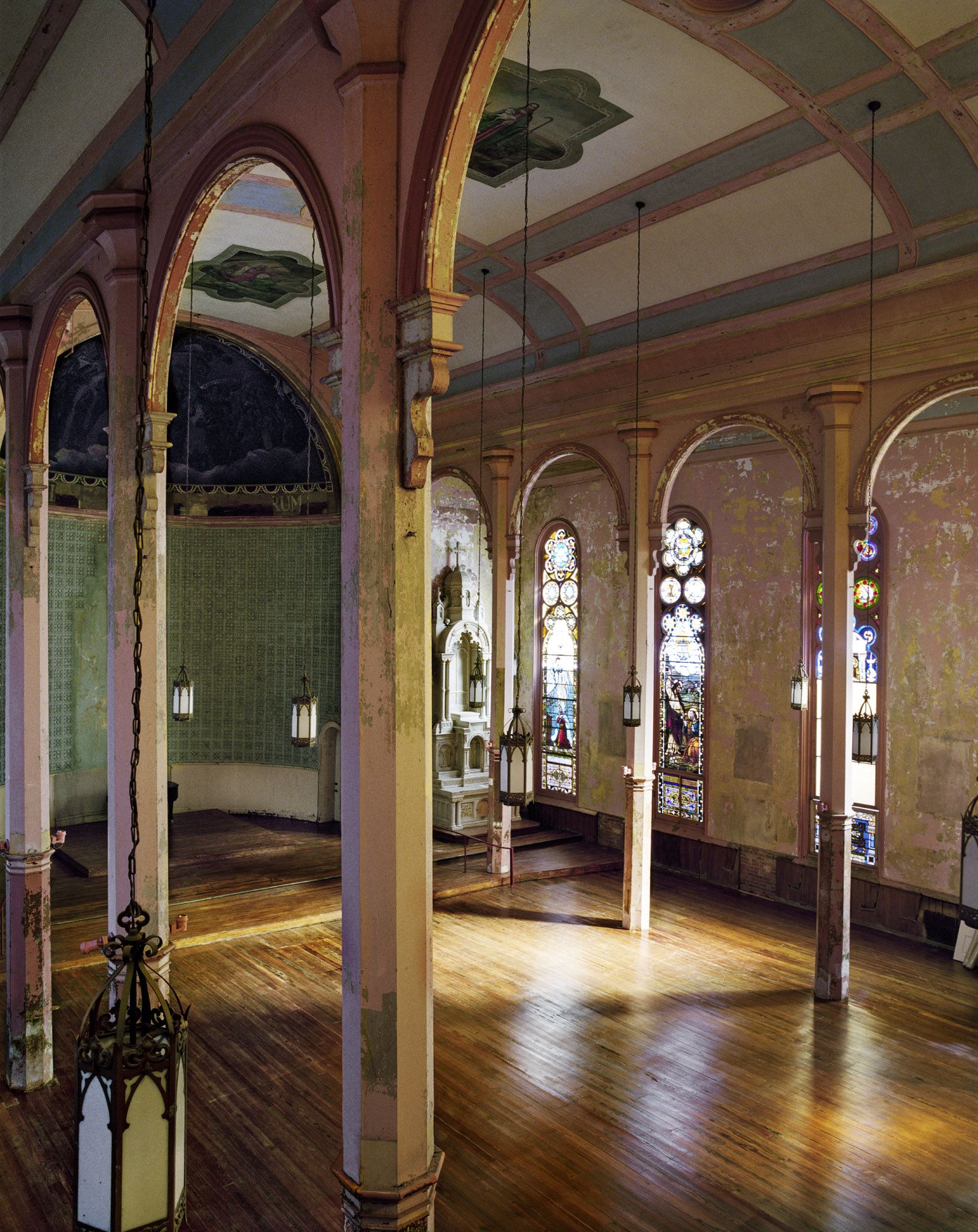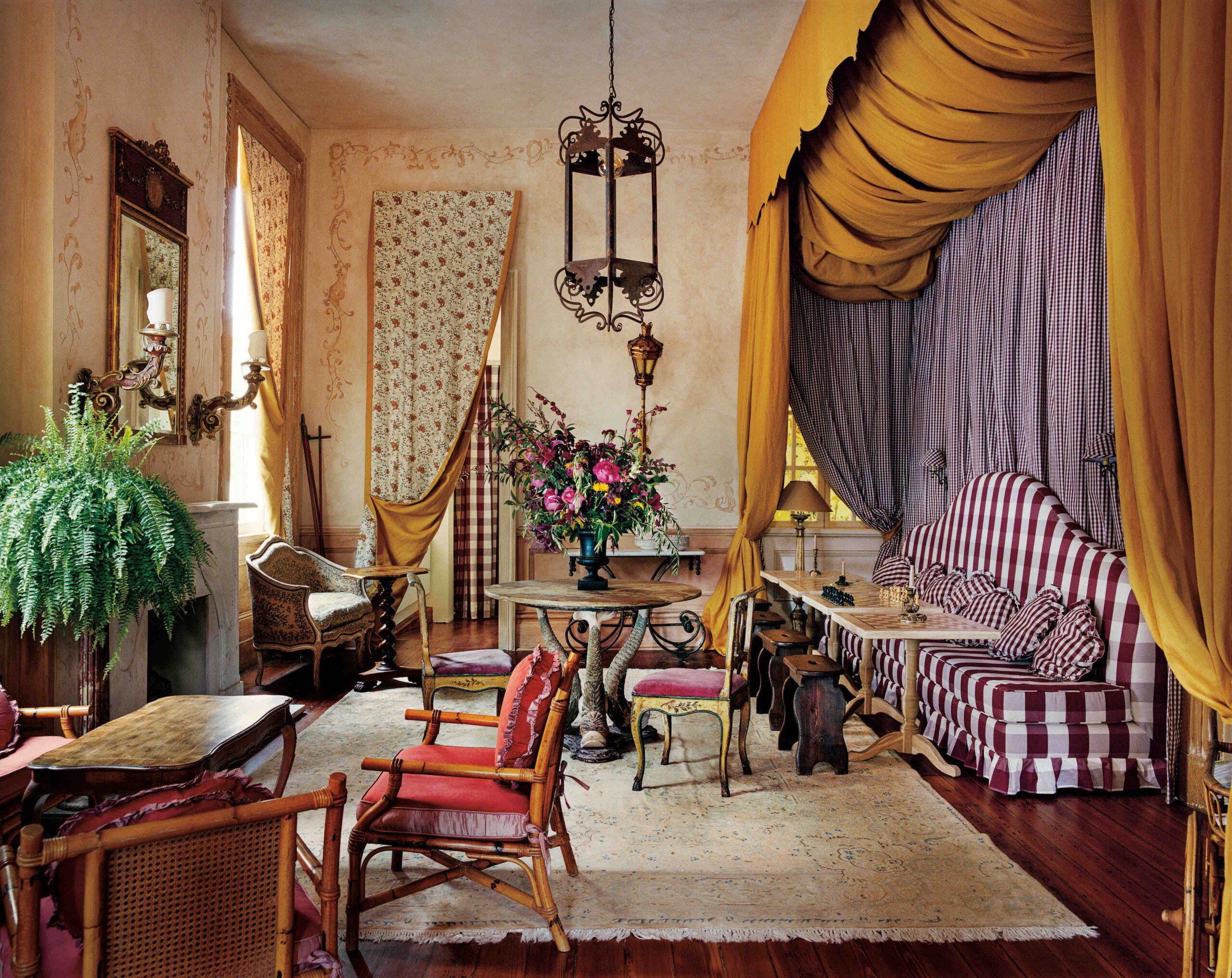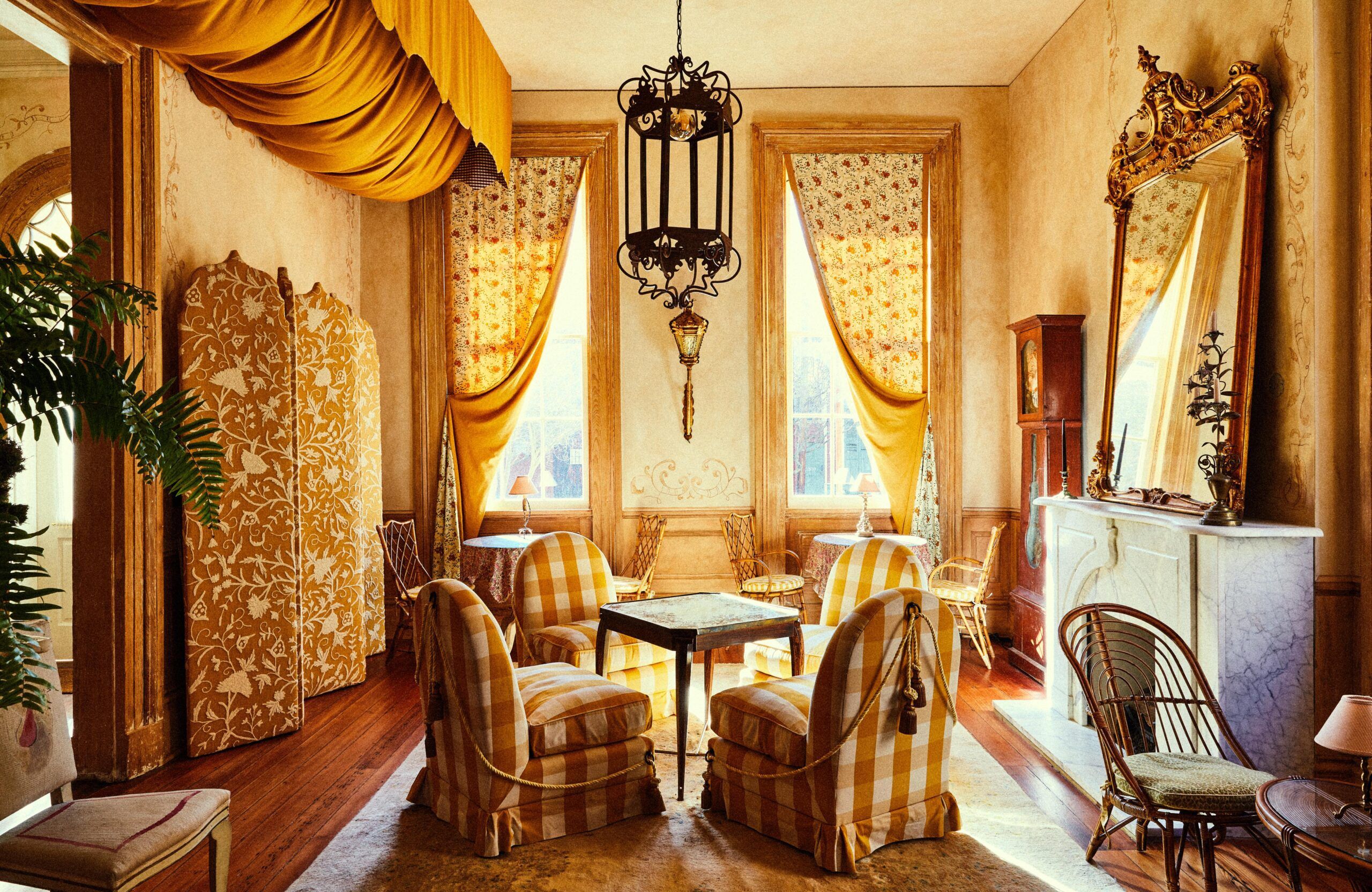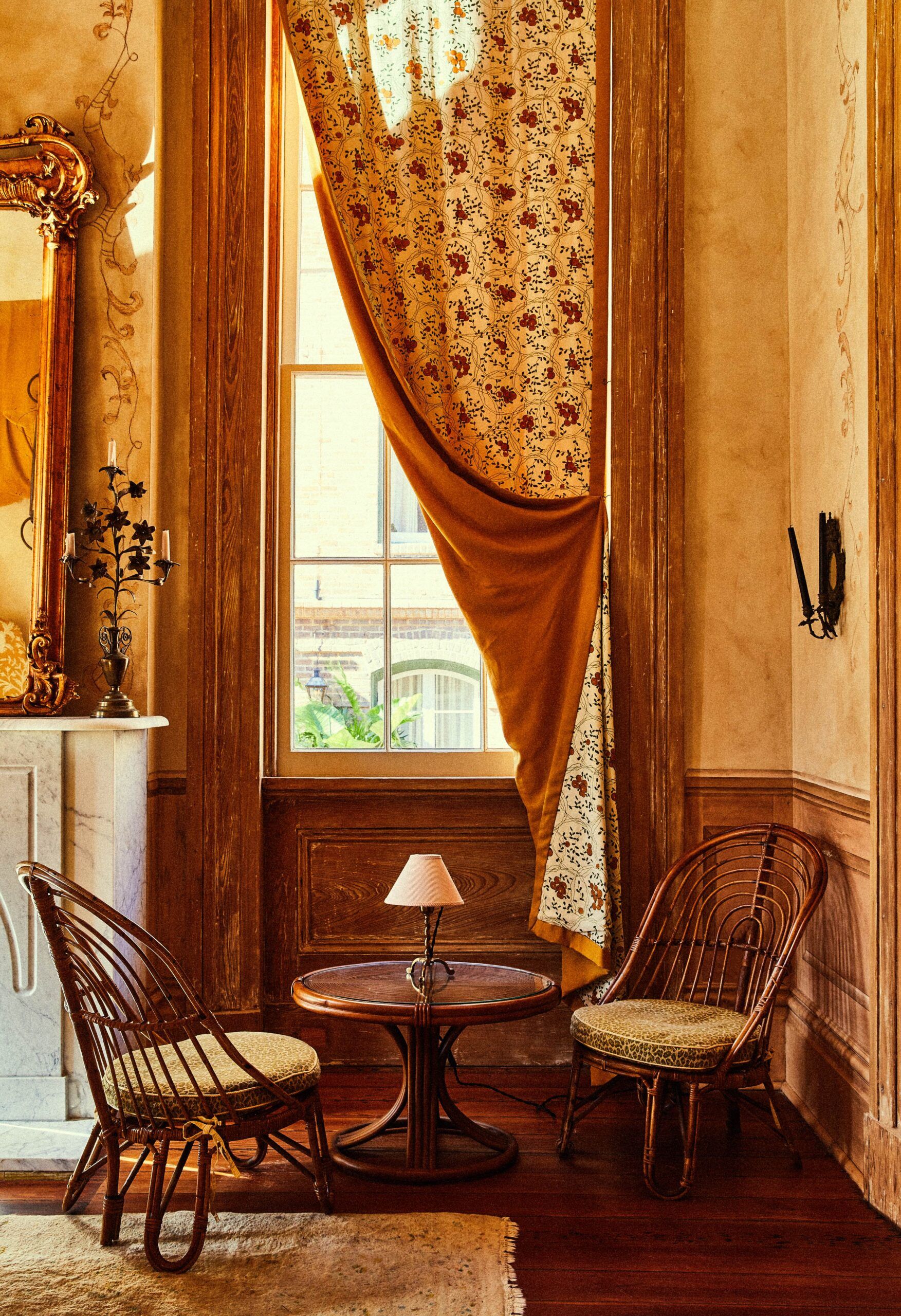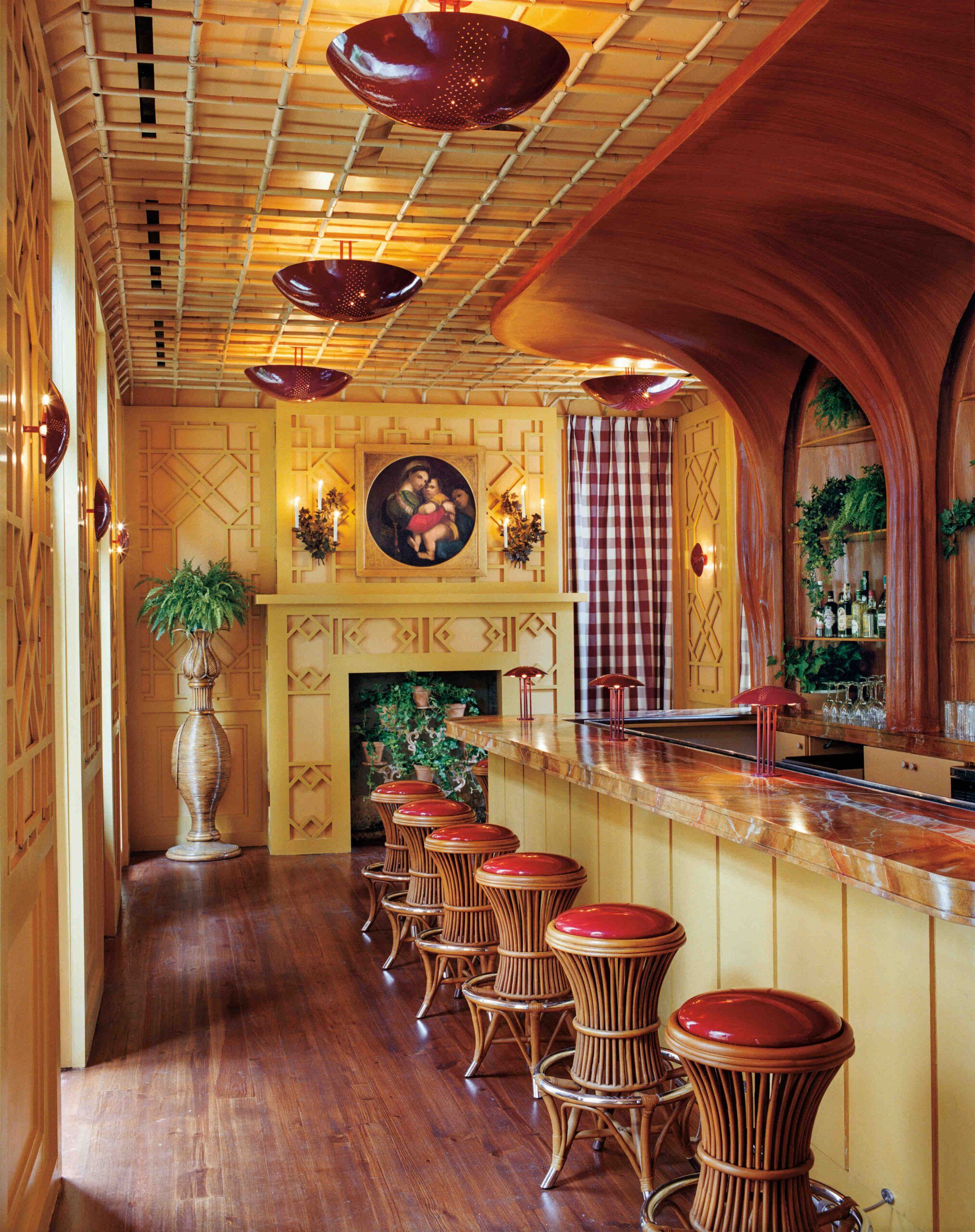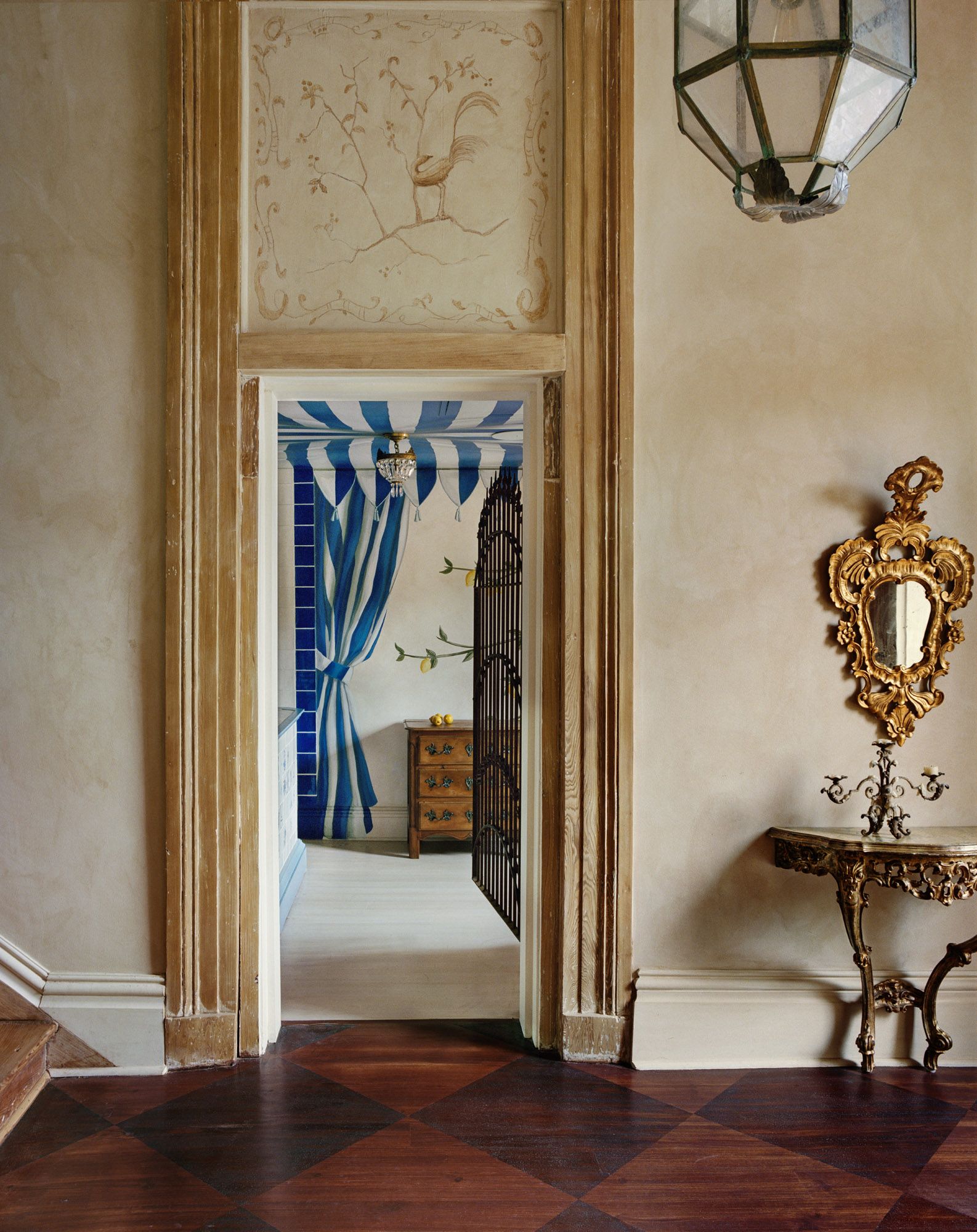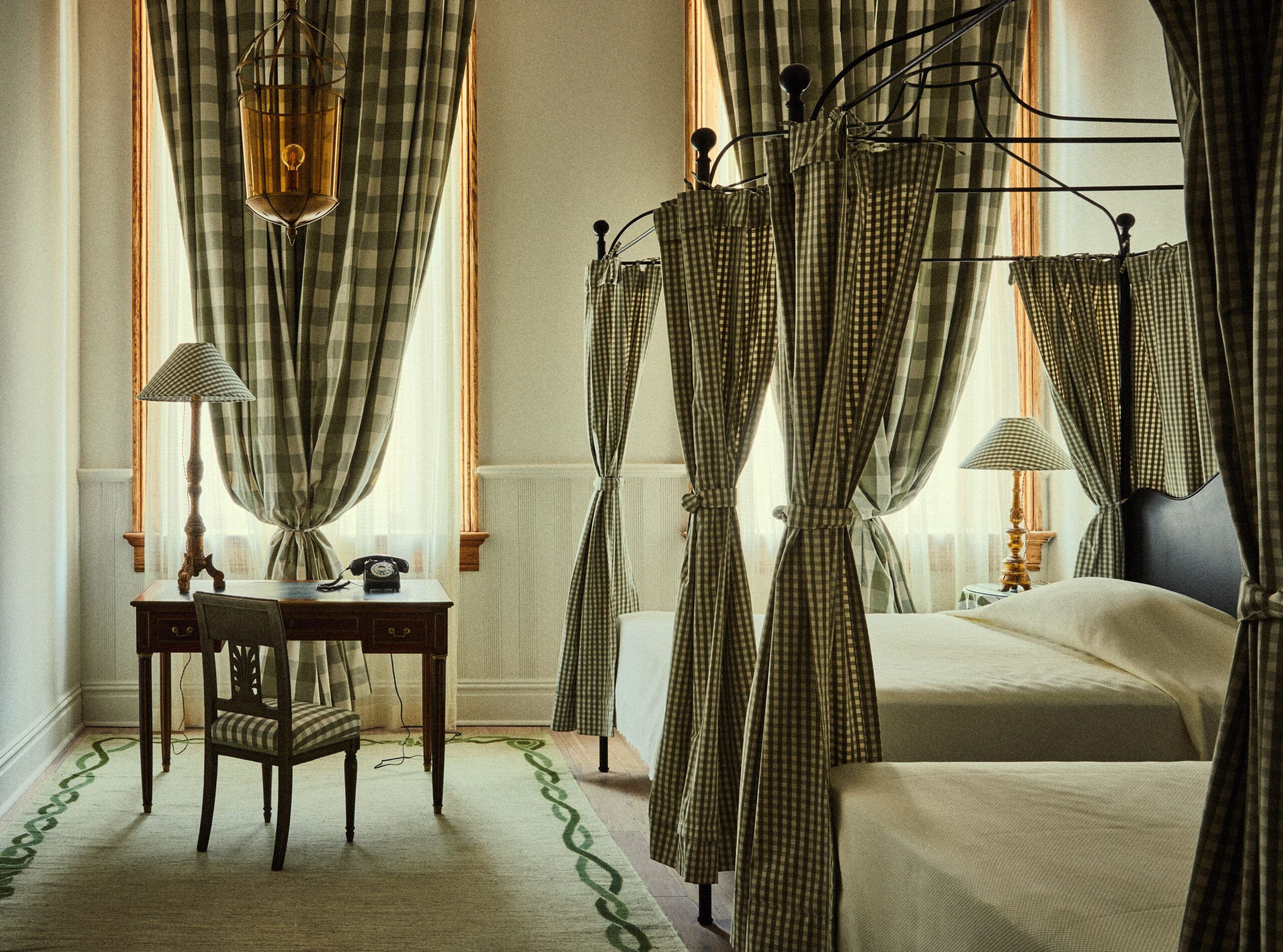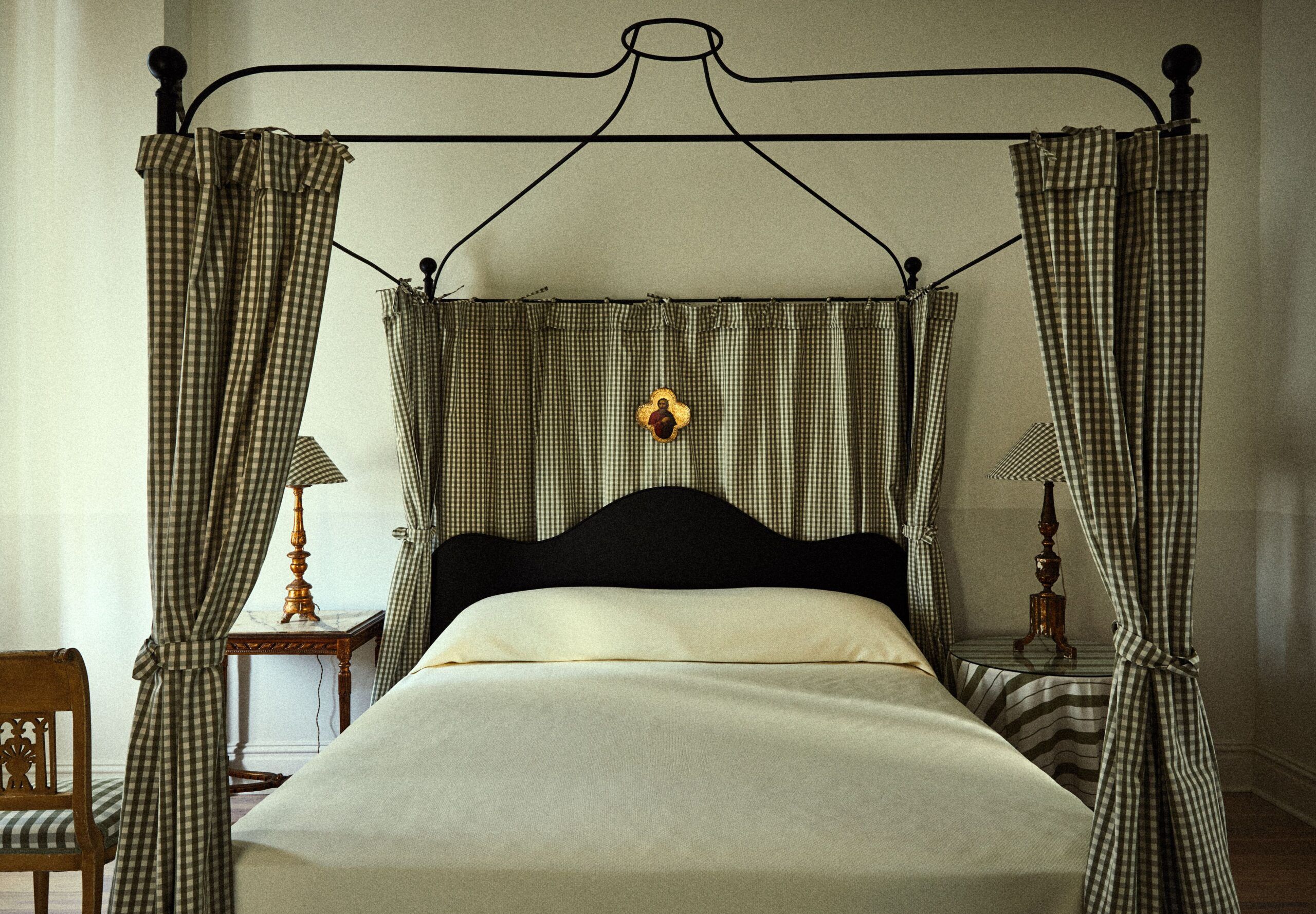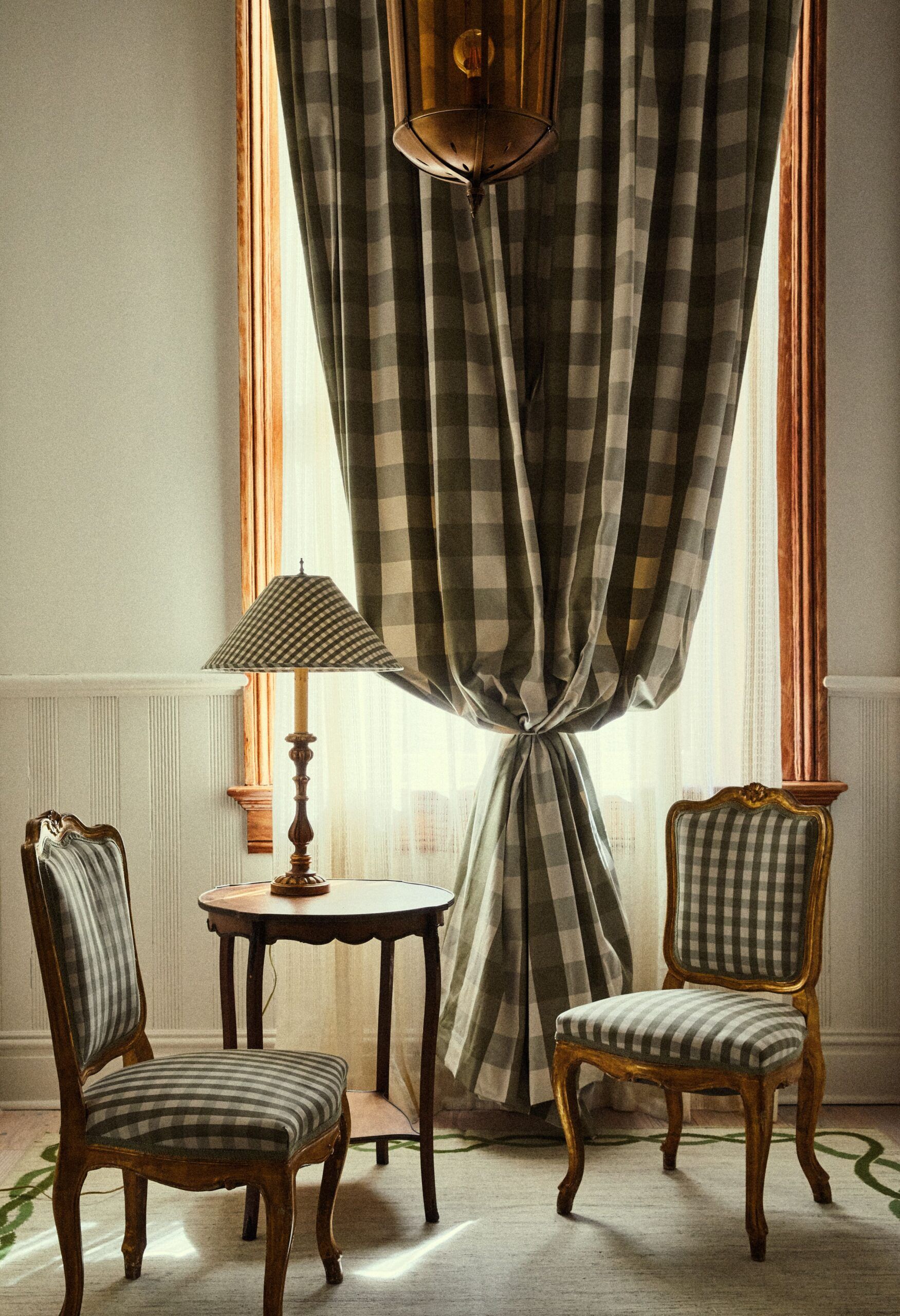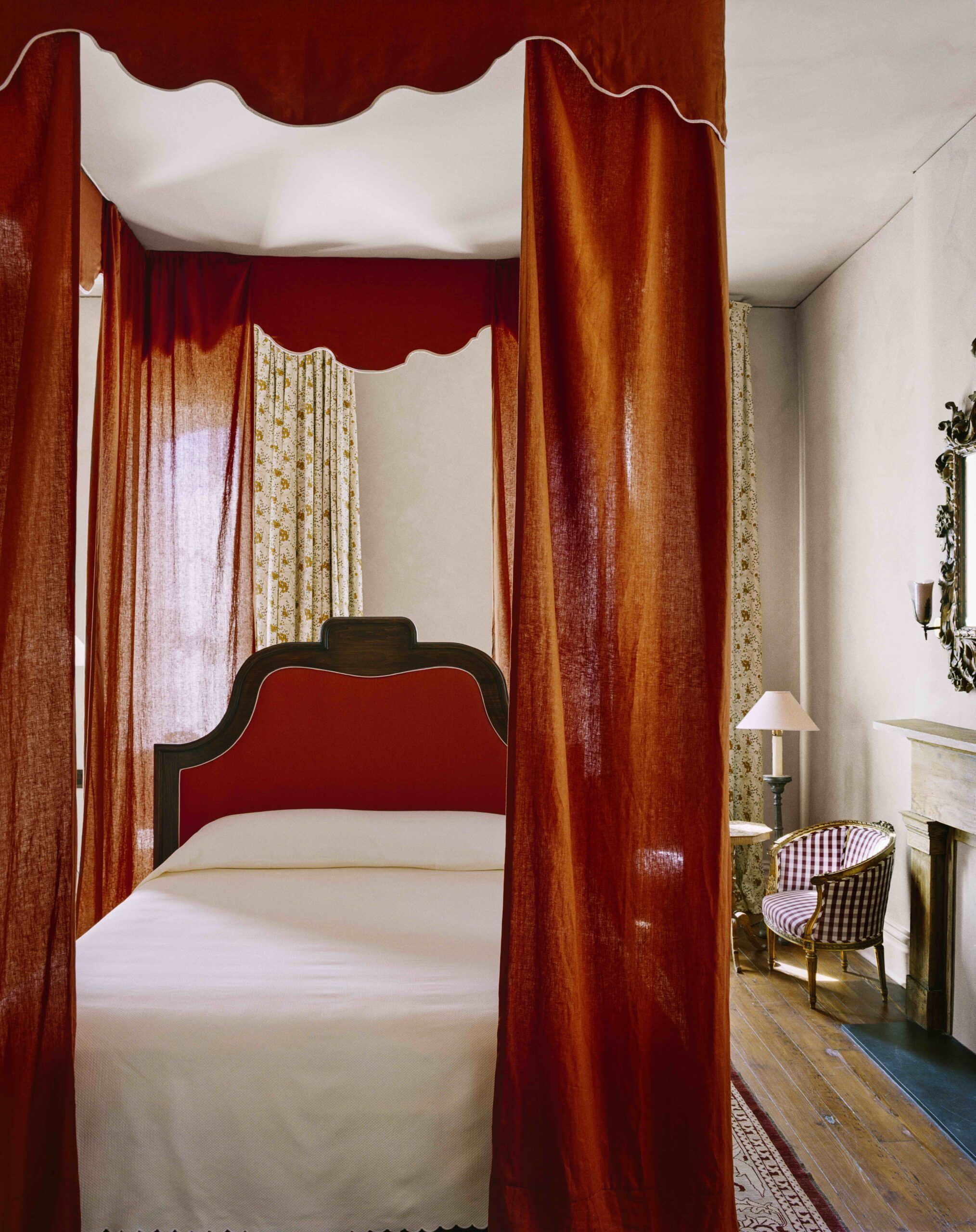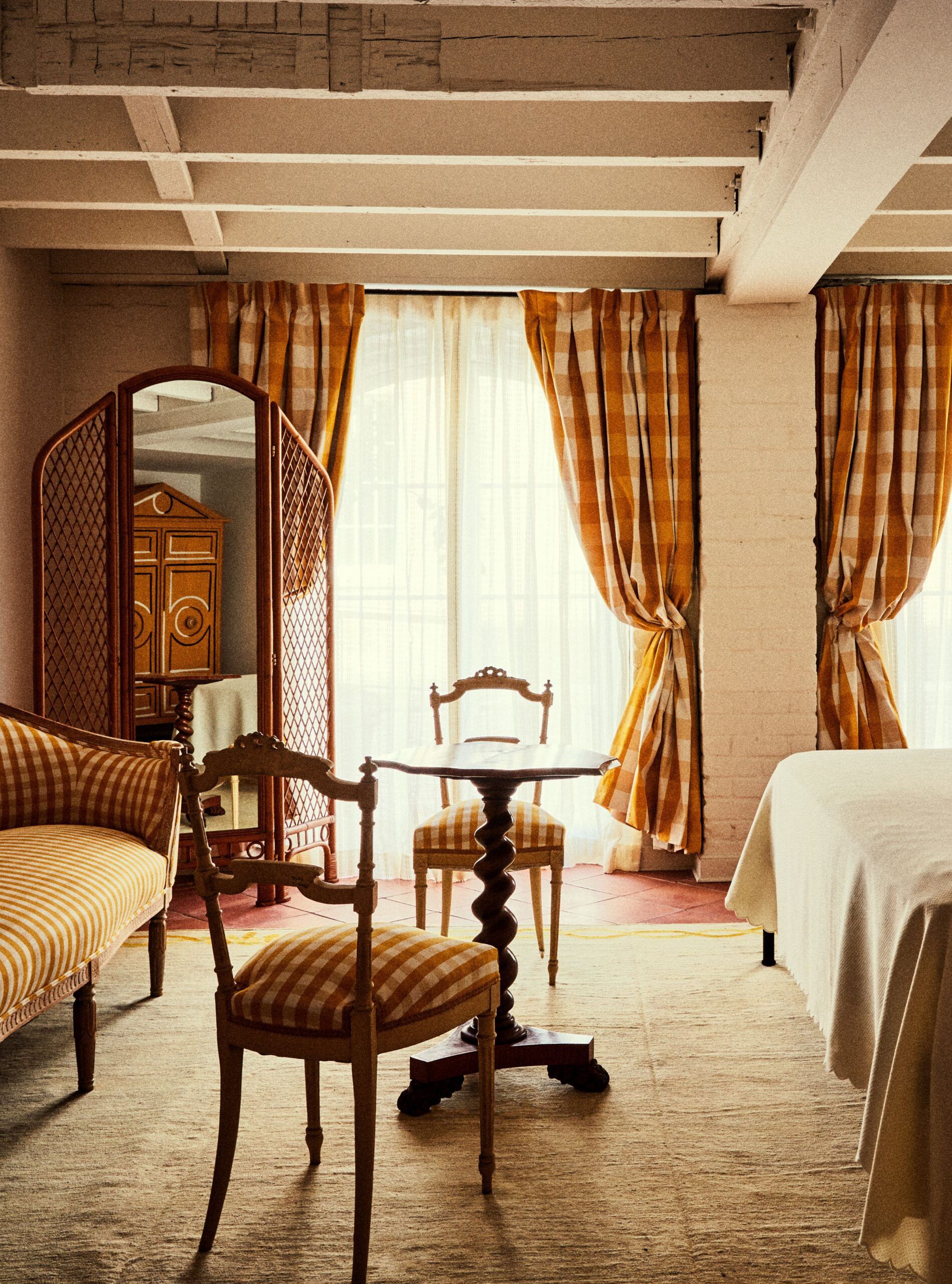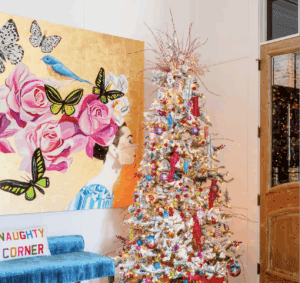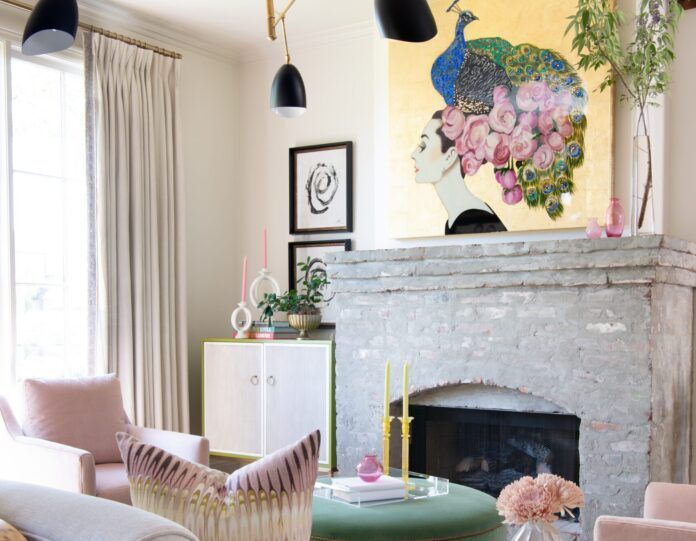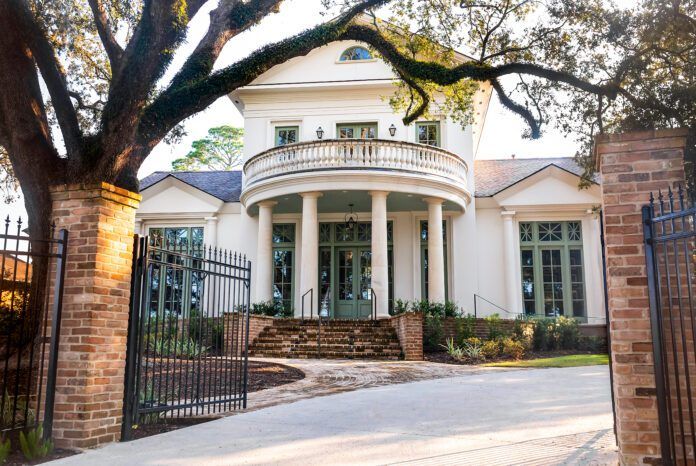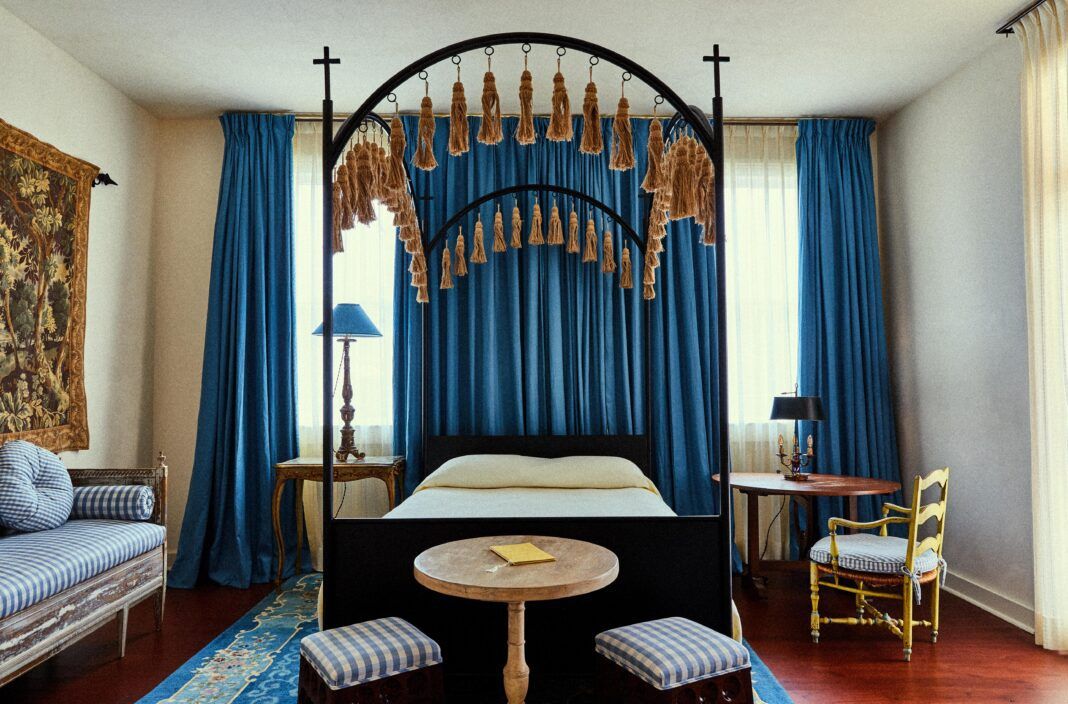
An old Catholic church, rectory, convent and schoolhouse in the Marigny find new life as Hotel Peter & Paul
If walls could talk, those of the Sts. Peter & Paul Catholic Church and School would likely have countless stories to tell. Stories of priests and nuns coming together to watch episodes of Columbo. Stories of children running up and down hallways and acting out plays on stage. Stories of a congregation lost to time and a changing urban landscape. And stories that the founders of Hotel Peter & Paul have worked tirelessly to not just preserve but share with the public, both visitors and locals alike.
Designed by architect Henry Howard, Sts. Peter & Paul Catholic Church opened its doors in 1860 in the Faubourg Marigny neighborhood of New Orleans to cater to the English-speaking Catholic community, made up largely of those of Irish heritage. Alongside the church, a rectory and convent were also opened to cater to the religious men and women of the parish. Some 20 years later, the church would expand with the opening of an adjacent school, serving students in grades kindergarten through eighth.
With the rise of suburbs and an evolving local area, attendance at the church and school slowly declined until the school was shuttered in 1993 and the church in 2001. However, the grand buildings that housed a once-thriving congregation lived on, slowly decaying with time. That is, until hotel co-founder Nathalie Jordi and Brooklyn-based hotelier Ash stepped foot in the buildings more than a decade after they became vacant.
“Nathalie Jordi and I toured a few properties in New Orleans, and on the last day of my visit, we came to Peter & Paul, which had been virtually abandoned and overgrown for a while,” says Ash co-founder and CEO Ari Heckman. “Even in that condition, it was so clear to me that we could create something magical.”
The multi-million-dollar project, which was seen through with the help of local architecture firm studioWTA and contractor RNGD, formerly Palmisano, saw the restoration and transformation of each of the four buildings on the property, with the schoolhouse, rectory and convent becoming a design-forward boutique hotel and the deconsecrated church finding new life as an event space. Key to the project was the idea of preservation, whether that be through design, such as in utilizing the same shade of green in the schoolhouse room that once covered the adjacent hallway’s wainscoting, or through function, in keeping the church as a space for people to come together and cultivate community.
“Historic buildings are heritage from another generation, and it’s almost impossible to produce the quality and craftsmanship today,” Heckman explains. “We preserved every bit of historic fabric that existed inside and outside the buildings. Lots of parishioners and students who spent time on the campus still come to visit, and it’s thrilling to see how their memories of the spaces as they existed 75 years ago are still intact.”
Even those who didn’t walk the halls of the original Sts. Peter & Paul are still invited to delve into the past thanks to an extensive historical record kept and illustrated by the hotel. Archival pictures and history deep dives fill the Hotel Peter & Paul website, and guests are even invited to put on their headphones and hear the stories of past parishioners while wandering the grounds to see where the events unfolded. These experiences are wrapped in the visually satisfying surroundings of interior design informed by what Heckman calls “an amalgamation of European and New Orleans interiors, with the fantasy of cinema woven in.”
It is this blend of familiar and fantasy that draws not just out-of-town guests to the hotel, but also locals, who stop by for drinks at the Elysian Bar or a staycation in an upstairs room.
“In my opinion, the best hotel stays are ones where out-of-towners rub shoulders with locals,” Heckman says. “That’s why travel is so magical, because it broadens our perspectives and insights. A good hotel should feel relevant and vital to locals while also providing out-of-towners with the keys to the city.”

